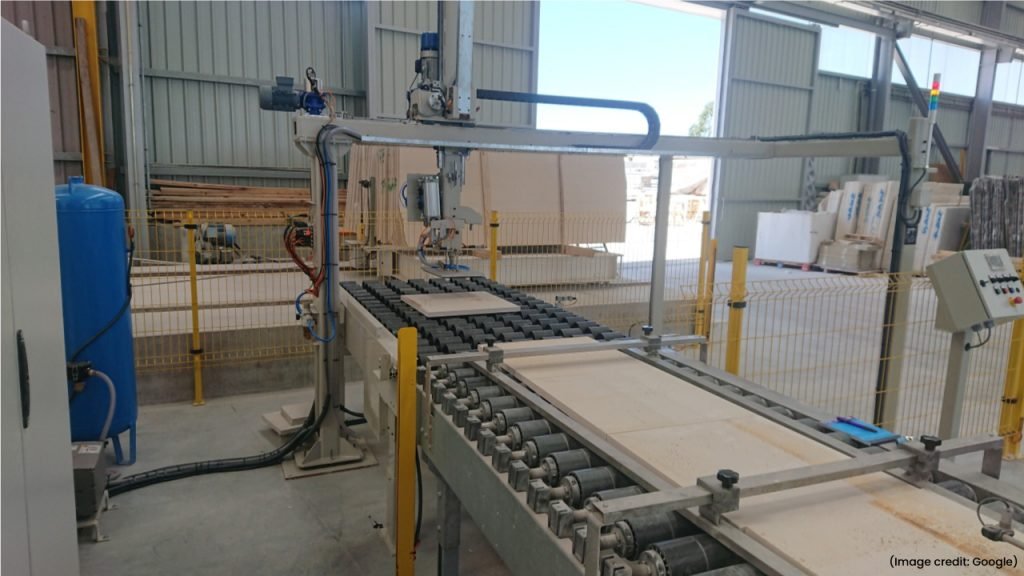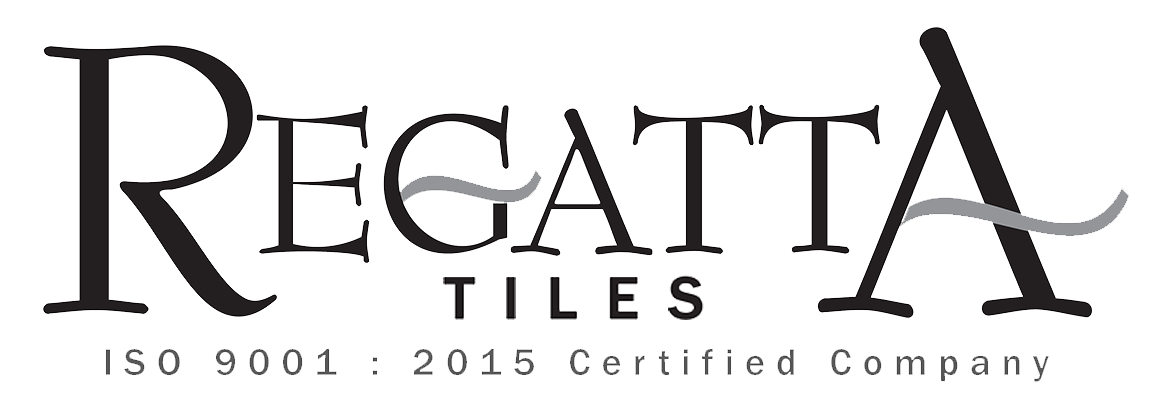
International Organization for Standardization (ISO) needs no introduction as the non-governmental body promotes industrial and commercial standards for products and services at the global level. It also sets some unique standards for products and services, including the manufacturing of ceramic tiles. The ISO 13006 standard relates to the determination of ceramic tile description, sorting, features, and pattern requirements of ceramic tiles for wall and floor. It may include mosaics, slabs, pavers, etc. Ceramic tile standards, directly or indirectly, are associated with the safety, usage, performance, utility, dimension, grading, and quality of ceramic tile products. The below-given content is all about a brief list of ISO standards and regulations for ceramic tiles accepted globally by all engineered tile manufacturers.
International Standards (ISO) for Ceramic Floor and Wall Tiles
Nowadays, ceramic tile manufacturing has reached a new level. Thanks to advanced technologies, state-of-the-art equipment, changing consumer preferences, and industrial standards for making engineered tiles one of the most used construction materials for wall and floor decorations. Let’s have a look at a brief list showing some globally-accepted ISO ceramic tile standards for wall and floor tiles. It includes:
- ISO 13006 – Regulation of ceramic tiles, definitions, classification, characteristics, and marking.
- ISO 10545/1 – Regulation of sampling and basis for acceptance.
- ISO 10545/2 – Regulation of dimensions and surface quality.
- ISO 10545/3 – Regulation of water absorption, apparent porosity, apparent relative density, and bulk density.
- ISO 10545/4 – Regulation of the modulus of rupture and breaking strength.
- ISO 10545/5 – Regulation of impact resistance by measurement of the coefficient of restitution.
- ISO 10545/6 – Regulation of resistance to deep abrasion (unglazed tiles).
- ISO 1054517 – Regulation of resistance to surface abrasion (glazed tiles).
- ISO 10545/8 – Regulation of linear thermal expansion.
- ISO 10545/9 – Regulation of resistance to thermal shock.
- ISO 10545/10 – Regulation of moisture expansion.
- ISO 10545/11 – Regulation of crazing resistance (glazed tiles).
- ISO 10545/12 – Regulation of frost resistance.
- ISO 10545/13 – Regulation of chemical resistance.
- ISO 10545/14 – Regulation of stain resistance.
- ISO 10545/15 – Regulation of the extraction of cadmium and lead from glazed tiles.
- ISO 10545/16 – Regulation of color differences.
- ISO 10545/17 – Regulation of the coefficient of friction.
When it comes to having the best ceramic tile product from the competitive market, B2B buyers always prefer to look at the ceramic tile manufacturing processes and standards. This analysis helps B2B buyers understand all technical specifications of ceramic tile products in different sizes, types, designs, patterns, colors, and quality. When we talk about the word ‘Quality,’ we clearly indicate to tile manufacturing standards and regulations followed by ceramic tile making companies in India and other parts of the world as well.
All mentioned-above standards and regulations are strictly followed by Indian ceramic tile manufacturers to cater to the changing needs of global B2B and B2C buyers looking for top-quality products at competitive prices. If any company is following these ceramic tile standards while making ceramic tile products, a buyer will easily make a balanced purchase decision.
